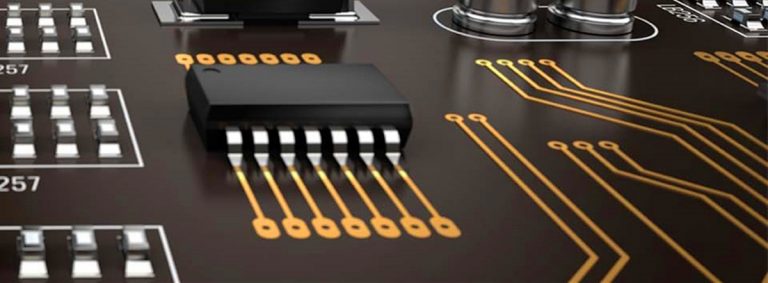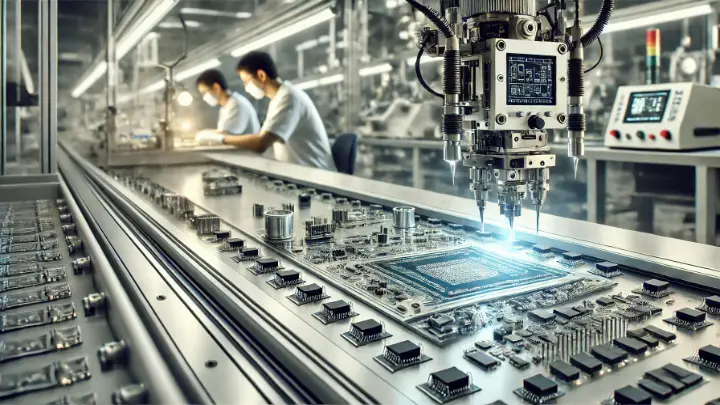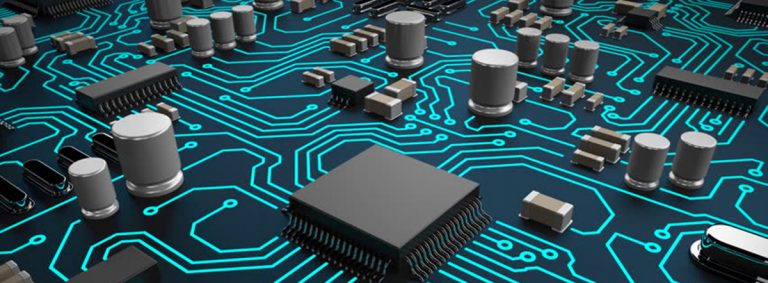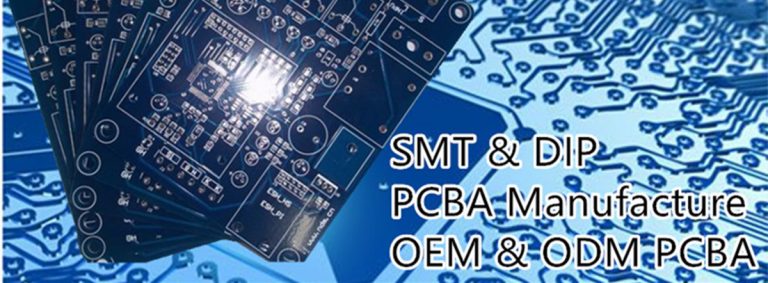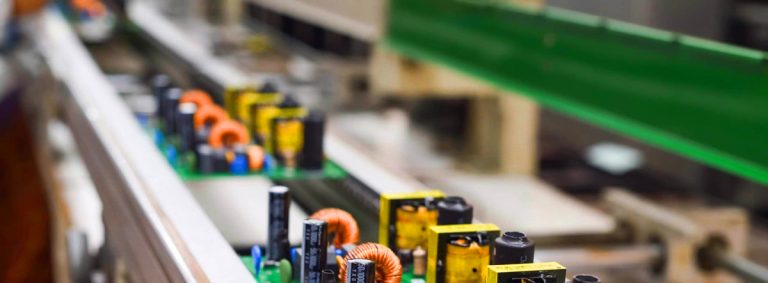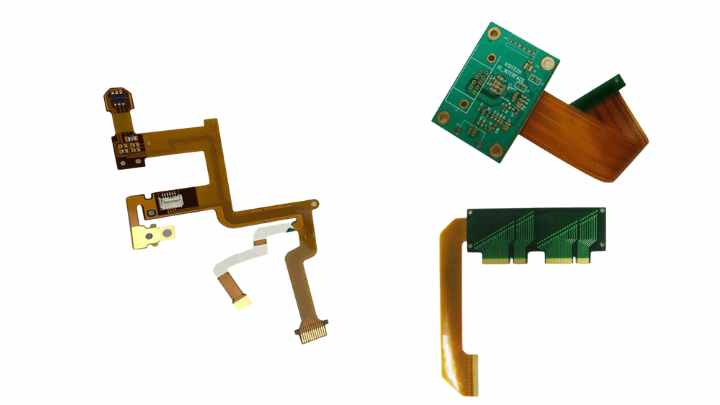The Copper Foil of the PCB Circuit Board

Copper foil of the PCB circuit board (copper foil): a kind of cationic electrolytic material, a thin, continuous metal foil deposited on the base layer of the circuit board, which acts as the conductor of the PCB board. It easily adheres to the insulating layer, accepts the printed protective layer, and forms a circuit pattern after corrosion.
Copper mirror test (copper mirror test): a flux corrosion test, using a vacuum deposition film on the glass plate. Copper foil is made of copper and a certain proportion of other metals. Copper foil generally has 90 foils and 88 foils.
The copper foil has low surface oxygen characteristics, can be attached to various substrates, such as metals, insulating materials, etc., and has a wide temperature range. Mainly used in electromagnetic shielding and antistatic. The conductive copper foil is placed on the substrate surface and combined with the metal base material, which has excellent conductivity and provides an electromagnetic shielding effect.
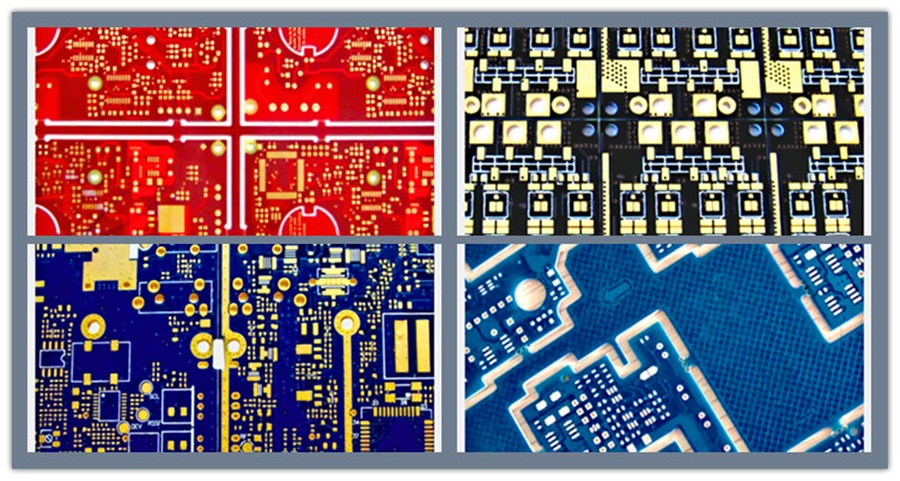
Electronic grade copper foil (purity above 99.7%, thickness 5um-105um) is one of the basic materials of the electronic board. The electronic information industry is developing rapidly, and the use of electronic-grade copper foil is increasing, and the products are widely used in industrial calculators. , Communications equipment, QA equipment, lithium-ion batteries, civilian televisions, video recorders, CD players, photocopiers, telephones, air conditioning, automotive electronic components, game consoles, etc.


